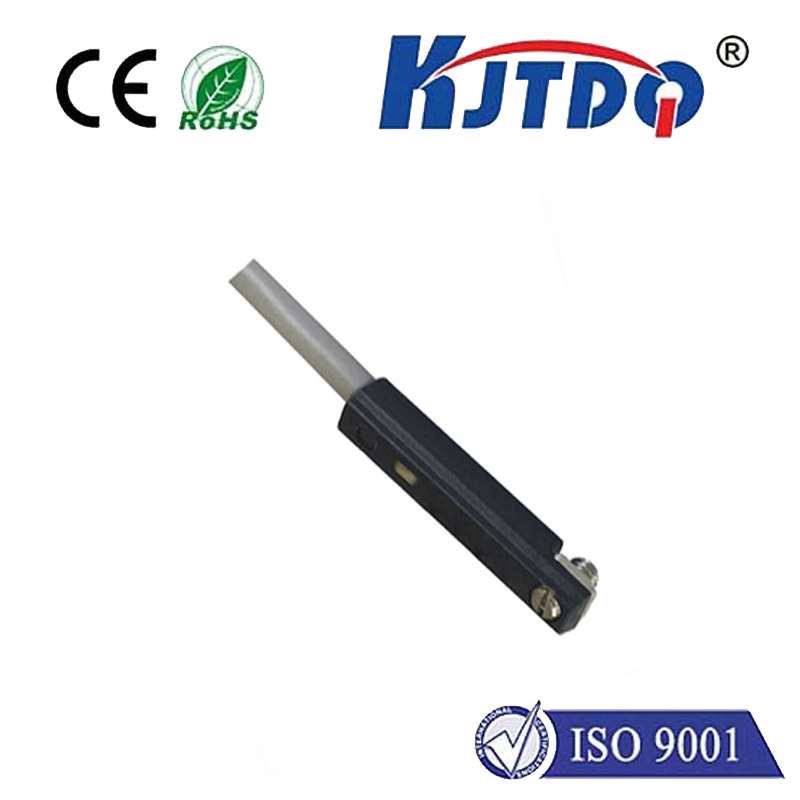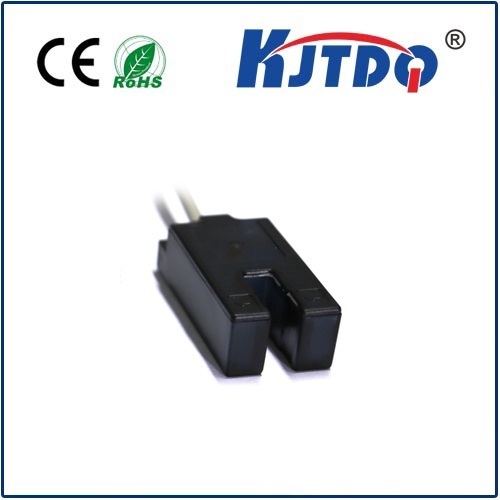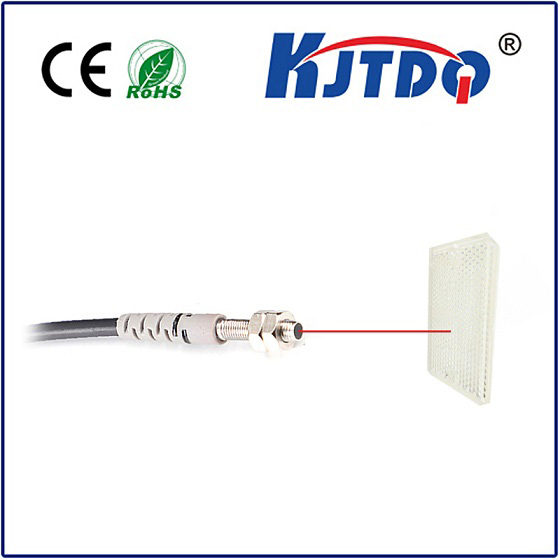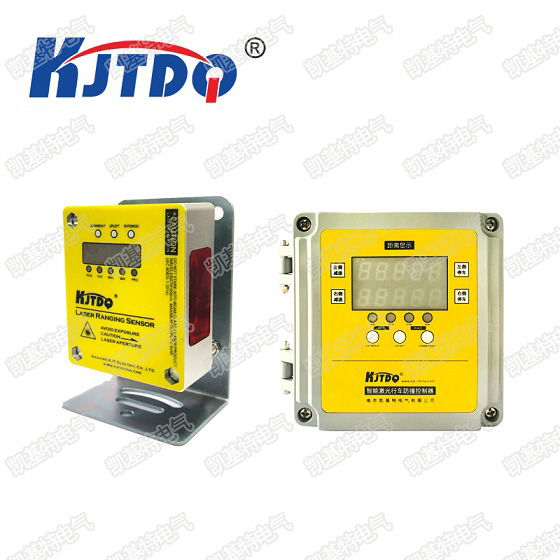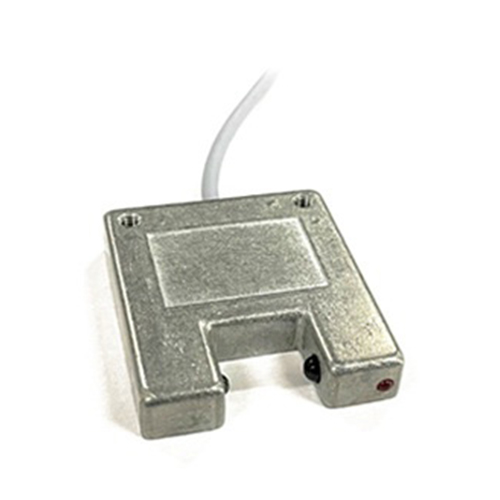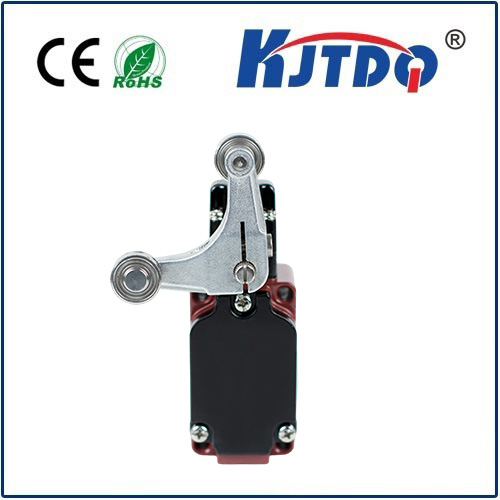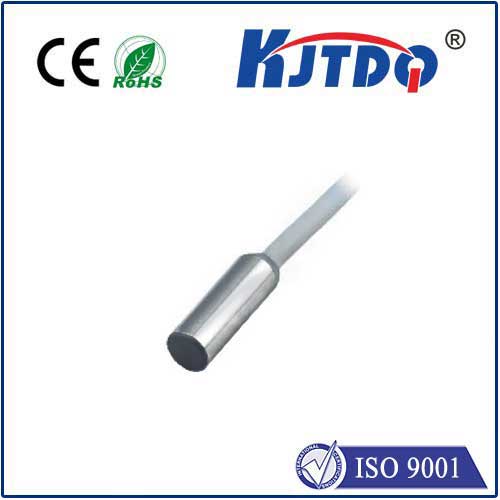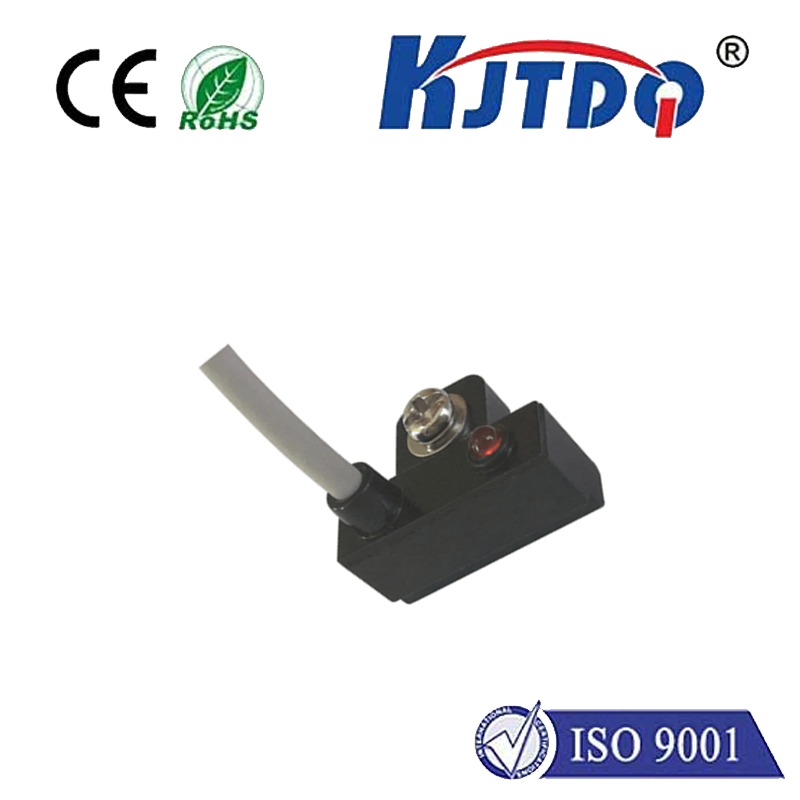optical counter sensor
- time:2025-08-13 17:53:04
- Нажмите:0
Optical Counter Sensors: The Unseen Sentinel of Precision Automation
Title: Optical Counter Sensors: Precision Counting at the Speed of Light for Smarter Automation
At the heart of every smooth production line, efficient packaging plant, or reliable inventory system lies a critical question: How many? Accurately tracking objects, products, or parts swiftly and reliably is fundamental. This is where the unassuming yet indispensable optical counter sensor shines. Far more advanced than simple mechanical counters, these electronic sentinels harness light to deliver unparalleled speed, accuracy, and reliability in countless counting applications. Understanding their function and capabilities unlocks significant potential for optimizing automation processes.
The Core Principle: Seeing Without Touching
The fundamental operation of an optical counter sensor is elegantly simple, leveraging the properties of light. At its core, it consists of two key components:
- Emitter: This component generates a precise beam of light, typically infrared (IR) for its immunity to ambient light interference, though visible light LEDs are sometimes used. Common emitter technologies include LEDs and laser diodes.
- Receiver (Detector): Positioned opposite the emitter (in a “through-beam” configuration) or adjacent to it (in a “retro-reflective” configuration with a reflector), the receiver is designed to detect the presence or absence of the emitter’s light beam. Common detectors are photodiodes or phototransistors.
The counting magic happens when an object passes between the emitter and receiver. The object interrupts the light beam. The receiver detects this interruption and converts it into an electrical signal. Sophisticated internal circuitry then processes this signal – each interruption typically corresponds to one count. Modern sensors are highly adept at differentiating between a genuine object interruption and minor fluctuations or background noise, ensuring counting accuracy.

Why Choose Optical? Key Advantages Over Traditional Methods
Optical counter sensors offer distinct benefits that make them the preferred choice for demanding industrial and commercial settings:
- Non-Contact Operation: This is paramount. The sensor never physically touches the object being counted. This eliminates wear and tear on both the sensor and the product, crucial for delicate items or high-speed operations.
- High Speed & Accuracy: Capable of counting objects moving at incredibly high speeds – often thousands or even tens of thousands per minute. Light travels fast, enabling detection and counting at rates far surpassing mechanical switches or manual methods with exceptional precision.
- Многогранность: Optical counters work effectively with a vast array of objects: boxes, bottles, tablets, individual components, sheets of paper, people (through doorways), and even irregularly shaped items, depending on the sensor type and setup.
- Minimal Maintenance: With no mechanical parts to wear out (unlike mechanical counters), optical sensors offer significantly reduced maintenance requirements and longer operational lifespans.
- Долговечность: Engineered for demanding environments, industrial-grade sensors boast robust housings resistant to dust, moisture, vibration, and even certain chemicals.
- Flexible Integration: Output signals (like NPN/PNP transistor pulses, relay contacts, or IO-Link) easily interface with PLCs (Programmable Logic Controllers), counters, production monitoring systems, and SCADA setups.
- Digital Signal Processing: Advanced models incorporate sophisticated diagnostics and filtering to reject false triggers caused by ambient light fluctuations or transient debris.
Where They Excel: Diverse Applications
The application scope for optical counter sensors is remarkably broad, spanning numerous industries:
- Packaging: Counting bottles, cans, cartons, pouches on filling and packaging lines. Verifying the number of items within a multipack.
- Производство: Tracking components on conveyors, verifying dispensed parts, counting finished assemblies, monitoring production throughput.
- Pharmaceutical & Medical: Ensuring tablet/capsule counts in bottling or blister packaging, counting syringes, vials, and medical devices with precision essential for quality control and regulatory compliance.
- Printing & Paper: Counting sheets, signatures, tickets, or labels on presses, binders, and finishing equipment.
- Food & Beverage: Counting packaged food items, bottles, cans, tracking portioned items.
- Перевозка материалов: Monitoring inventory flow through chutes, conveyors, monitoring bin levels based on items dispensed.
- Access Control & People Counting: Triggering turnstiles, automatic doors, or counting foot traffic through entrances/exits.
- Сельское хозяйство: Seed counting, sorting systems, monitoring feed dispensing.
Essential Considerations for Optimal Performance
To leverage the full potential of optical counter sensors, careful selection and installation are vital:
- Sensor Type:
- Through-Beam: Highest reliability and longest sensing ranges. Requires precise alignment between separate emitter and receiver units. Best for high accuracy in challenging environments.
- Retro-Reflective: Utilizes a single housing unit containing both emitter and receiver, combined with a reflector placed opposite. Easier installation than through-beam, but sensing range is shorter, and shiny objects can sometimes confuse the sensor.
- Diffuse Reflective (Proximity): Emitter and receiver are in the same housing. Detects the object by the reflection of its emitted light off the object’s surface. Most susceptible to color and surface finish variations but offers the simplest installation. Less common for pure high-speed counting due to potential inconsistencies, but used when physical proximity is required.
- Sensing Range: Choose a sensor with a range suitable for the distance between the sensor and the object path.
- Object Characteristics: Size, color, surface texture (matte, shiny, transparent), speed, and the gap between objects all influence sensor choice and setup. Transparent objects often require specialized polarized sensors.
- Environment: Consider ambient light conditions (direct sunlight can be challenging), dust, moisture, temperature extremes, and potential chemical exposure. Select sensors with appropriate IP (Ingress Protection) ratings.
- Response Time & Frequency: Ensure the sensor’s response time is fast enough to reliably detect objects moving at your application’s maximum speed. The required counting frequency dictates sensor choice.
- Output Signal: Match the sensor’s output type (e.g., NPN, PNP, relay, analog, IO-Link) to the requirements of the connected counter, PLC, or control system.
Beyond Basic Counting: The Smart Sensor Evolution
Modern optical counter sensors are increasingly intelligent. Integration with IIoT (Industrial Internet of Things) protocols like IO-Link is a growing trend. This connectivity allows for:
- Remote configuration and parameter changes.
- Real-time monitoring of sensor health and performance diagnostics.
- Predictive maintenance alerts, reducing unplanned downtime.
- Seamless data integration into higher-level control and analytics platforms.
Enabling the Future of Automation
From verifying the contents of your morning cereal box to ensuring life-saving medication bottles contain the correct dosage, optical counter sensors work silently and efficiently. Their ability to deliver high-speed, non-contact, and reliable counting makes them an indispensable component in the backbone of modern automation. By understanding their principles, advantages, and critical selection factors, engineers and automation professionals can harness this technology to build smarter, more efficient, and more reliable systems, driving productivity and quality across countless industries.







